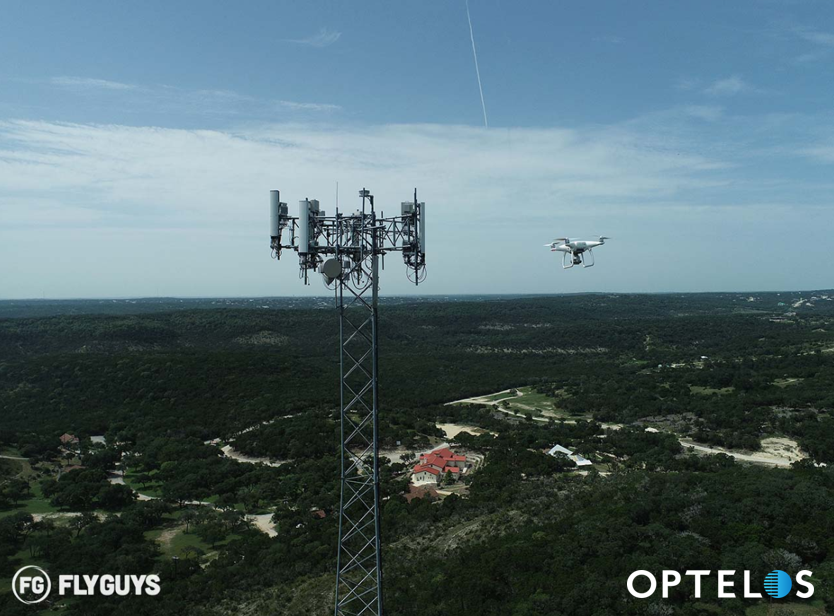Many of the technologies discussed in the final rule are already in use, with drones and satellites being used to detect methane leaks of all sizes. There are companies like Flogistix, whose CEO we interviewed last month, using drones, AI, and other emerging technologies in the fight against methane.
Drones and specialized sensors can play a major role in meeting the goals laid out by the Biden Administration through:
Methane Detection: Drones equipped with specialized sensors like spectrometers, infrared/OGI cameras, or laser-based sensors can detect methane leaks from various sources. These sensors can identify and quantify methane concentrations in the air or on the ground. They can quickly scan large areas, including those that are difficult or dangerous to access by foot.
Aerial Surveys: Drones equipped with gas detection technology can perform aerial surveys over vast areas, including oil and gas infrastructure. They can map and identify methane hotspots, enabling swift action to repair leaks or address emission sources.
Leak Identification and Localization: Drones equipped with high-resolution cameras and gas sensors can pinpoint the exact location of methane leaks in pipelines, storage tanks, or other facilities. This precise identification allows for targeted repairs, minimizing methane emissions.
Monitoring and Surveillance: Drones offer a cost-effective and efficient means of regularly monitoring methane emissions over time. They can be programmed to conduct routine inspections of facilities, ensuring compliance with environmental regulations and aiding in the early detection of leaks.
Abatement and Response: Once methane leaks are identified, drones can assist in the coordination of abatement efforts. They can provide real-time data to response teams, allowing them to prioritize and efficiently address the most critical leaks or emission sources.
Research and Environmental Studies: Drones equipped with methane detection capabilities contribute to environmental research by providing valuable data on methane emissions from various sources. This data helps in understanding emission patterns and developing strategies for effective mitigation.
Regulatory Compliance: Using drones for methane detection and abatement supports regulatory compliance by enabling companies to proactively identify and rectify emissions, thus adhering to environmental standards and minimizing penalties.
Want more on methane detection tech? Watch Energy Drone & Robotics Coalition Summit sessions on demand—and free! Also plan to attend the 2024 Methane Strategies Forum, co-located with the 8th Annual Energy Drone & Robotics Summit, June 10-12, 2024, in Houston, TX.
Here are a few go-to methane sessions from this year’s Forum:
Real World Results/Insights from Multiple National Site Trials for Methane Monitoring
Real-World Tech Applications for Methane Emissions Compliance: Optical Gas Imaging
Energy Operations Roundtable: Methane Detection & Measurement Tech/Projects Updates
US EPA Approved Drone Based Method for Methane Detection in Terrestrial Applications
















